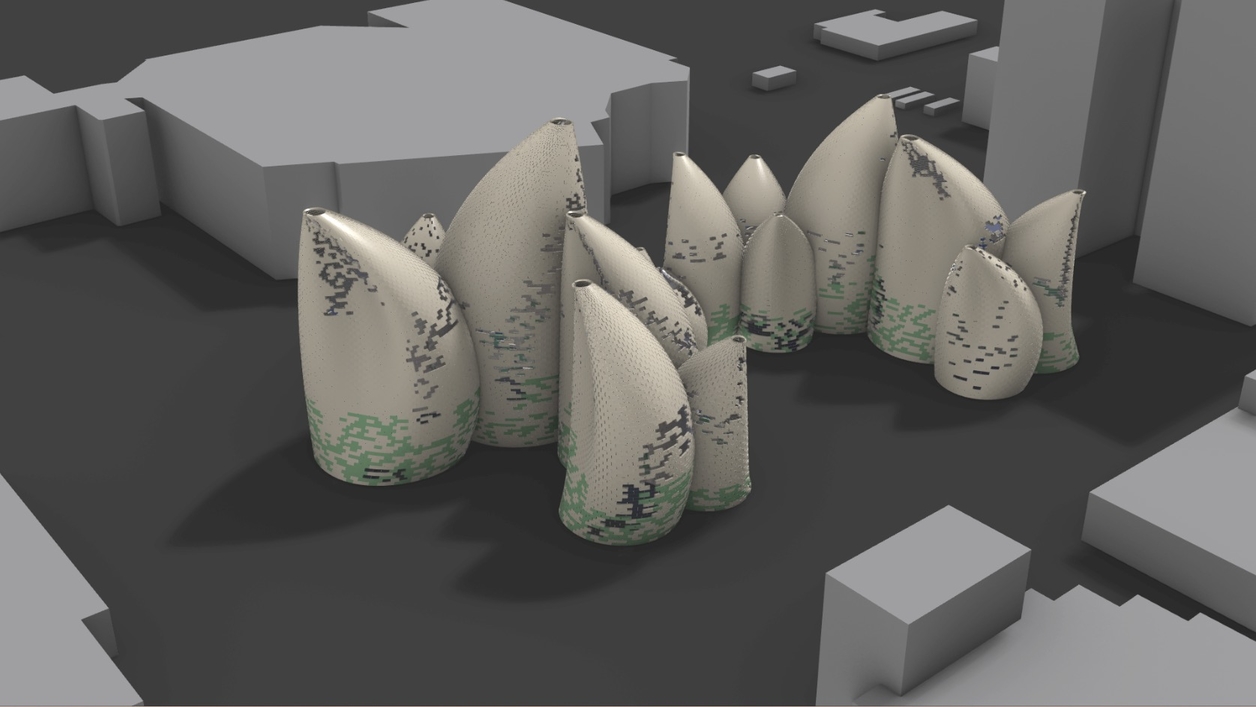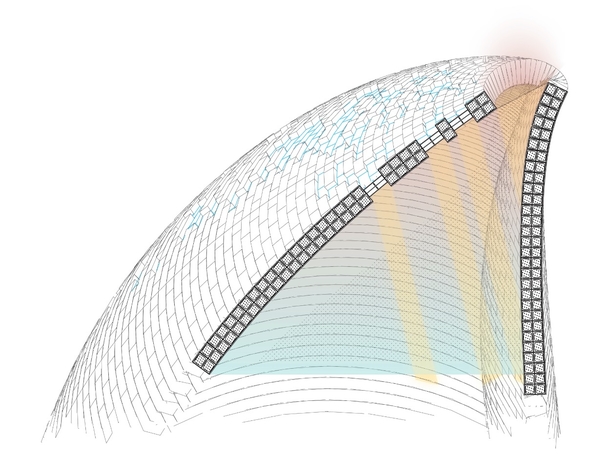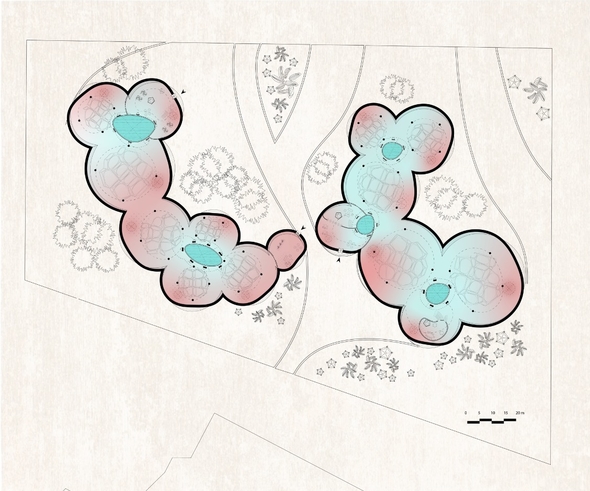Cooling the Cloud: Climate-Adaptive Design for the Data Center of the Future
The data center is an emerging building typology, proliferating in the 21st century to provide cloud computing services to a rapidly growing number of users worldwide. Cloud Computing enables efficient hosting of pervasive applications from consumer, scientific, and business domains11. Data centers are the physical infrastructure of these Cloud applications. They provide protected environments for the processing needs of users. These centers consume large amounts of energy, partially due to the servers’ electric load. However, more significantly, 40 percent of the energy load is spent by the mechanical systems necessary to reject the heat produced by the servers. In order to minimize data centers’ carbon footprint, large Cloud service providers, like Mircrosoft, Google and Facebook, have initiated research on sustainable design strategy for data centers2.2
What would be a model for the design of the data center of the future? Is it possible to both reduce reliance on mechanical systems and at the same time grow in computing capacity? How can we envision an architecture that provides the needs of the future expansion of the Cloud while managing its environmental impact?
Our design studio will explore the potential to create a climate-adaptive building model for data centers in each of four different climatic zones in the United States: temperate, cold, hot-humid and hot-dry.




